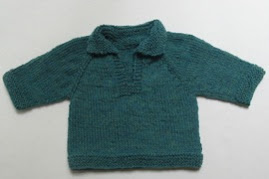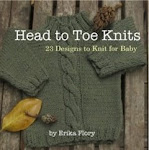Having been lax this week, I'm making up for lost time by posting three stitches today:
Waving Rib Pattern, Quaker Ridging, and Wager Welt.
First, the Waving Rib Pattern:

I worked this swatch in Valley Yarn's Goshen, a blend of Peruvian Cotton, Modal, and Silk, on a size 7 needle. The purl stitches pull the rib from side to side which gives the stitch its visual wave. As a bonus, the back side appears as a basketweave stitch:

Next, I did Quaker Ridging, using Wick from Knit One Crochet Too, again on a size 7 needle:

As this particular pattern begins with a few rows of Stockinette stitch, there is major curling at the bottom edge.
This, as Barbara Walker points out, is a highly adaptable pattern, as you can, at will, change up the width of the ridges as you like.
And finally, I worked the Wager Welt, which is an 8-row repeat that uses only one row of Purl (!). Very neat:

Knit Picks Comfy, a very soft cotton/acrylic blend, was used here.
Working on all these stitches is making the design-pistons in my brain begin to fire up again, or maybe it's the January thaw that's starting to happen.
There was a big, fat robin in our side yard yesterday, digging in the leaves for something.


















